Birding Trip to Belize
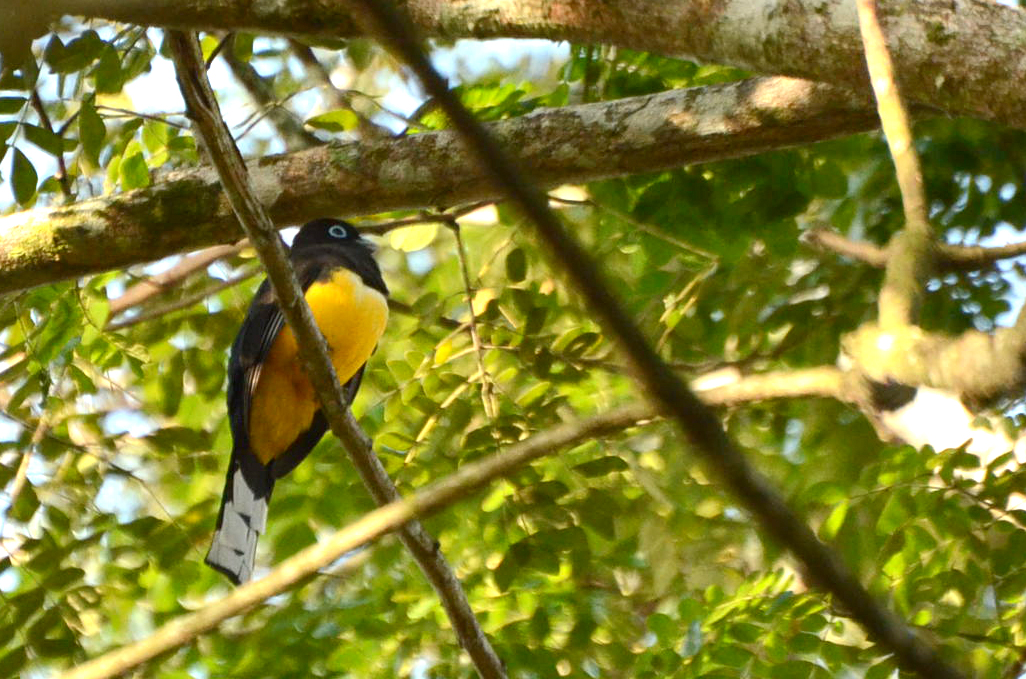
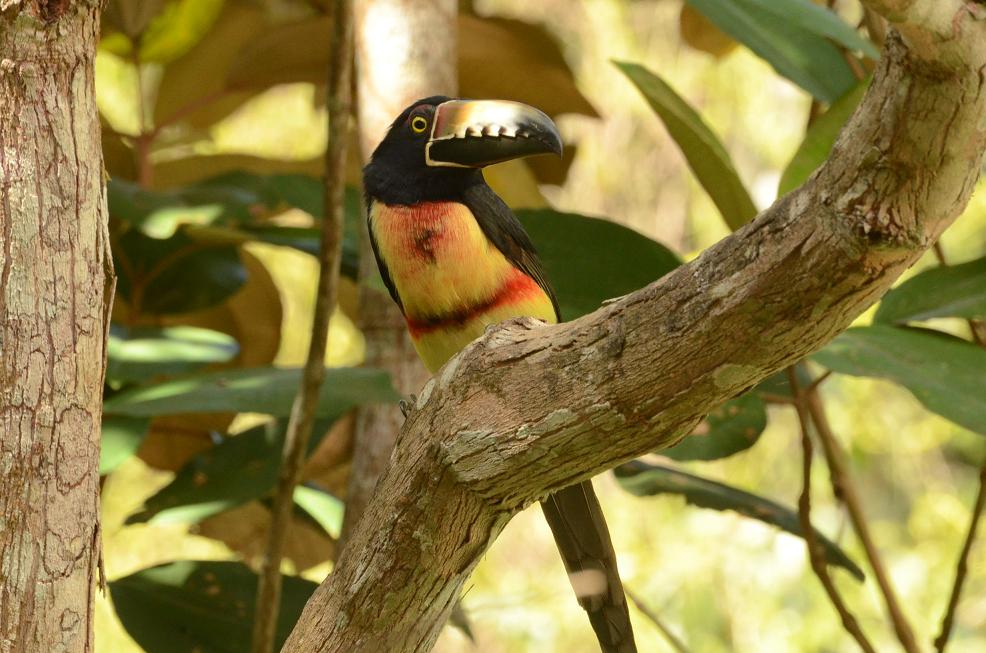
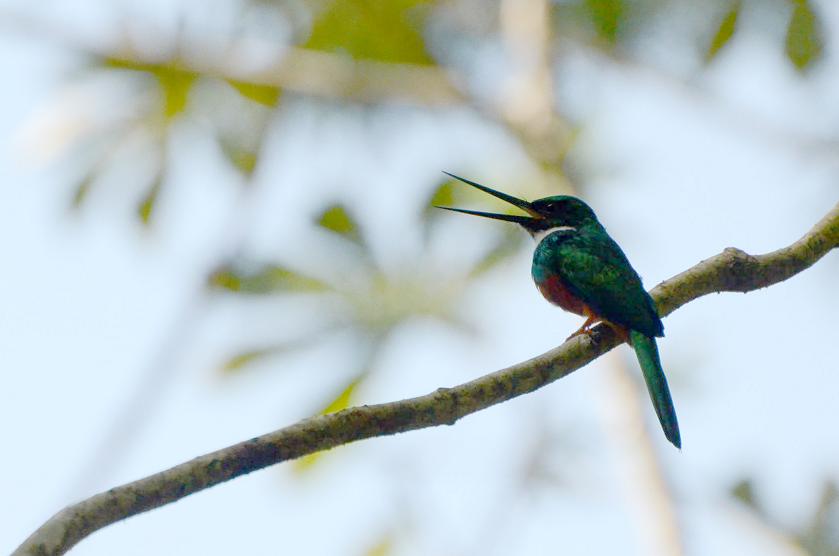
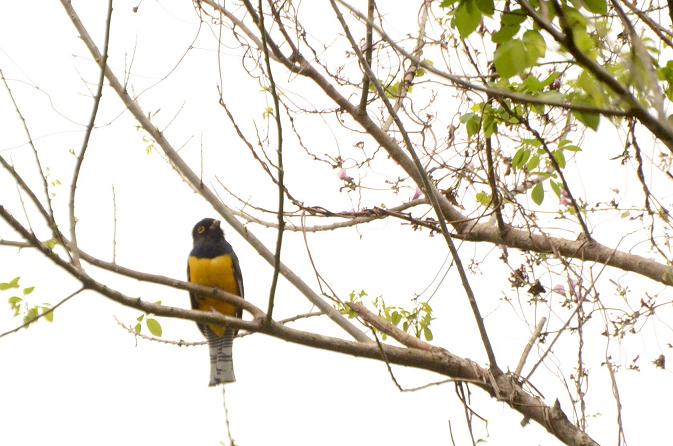
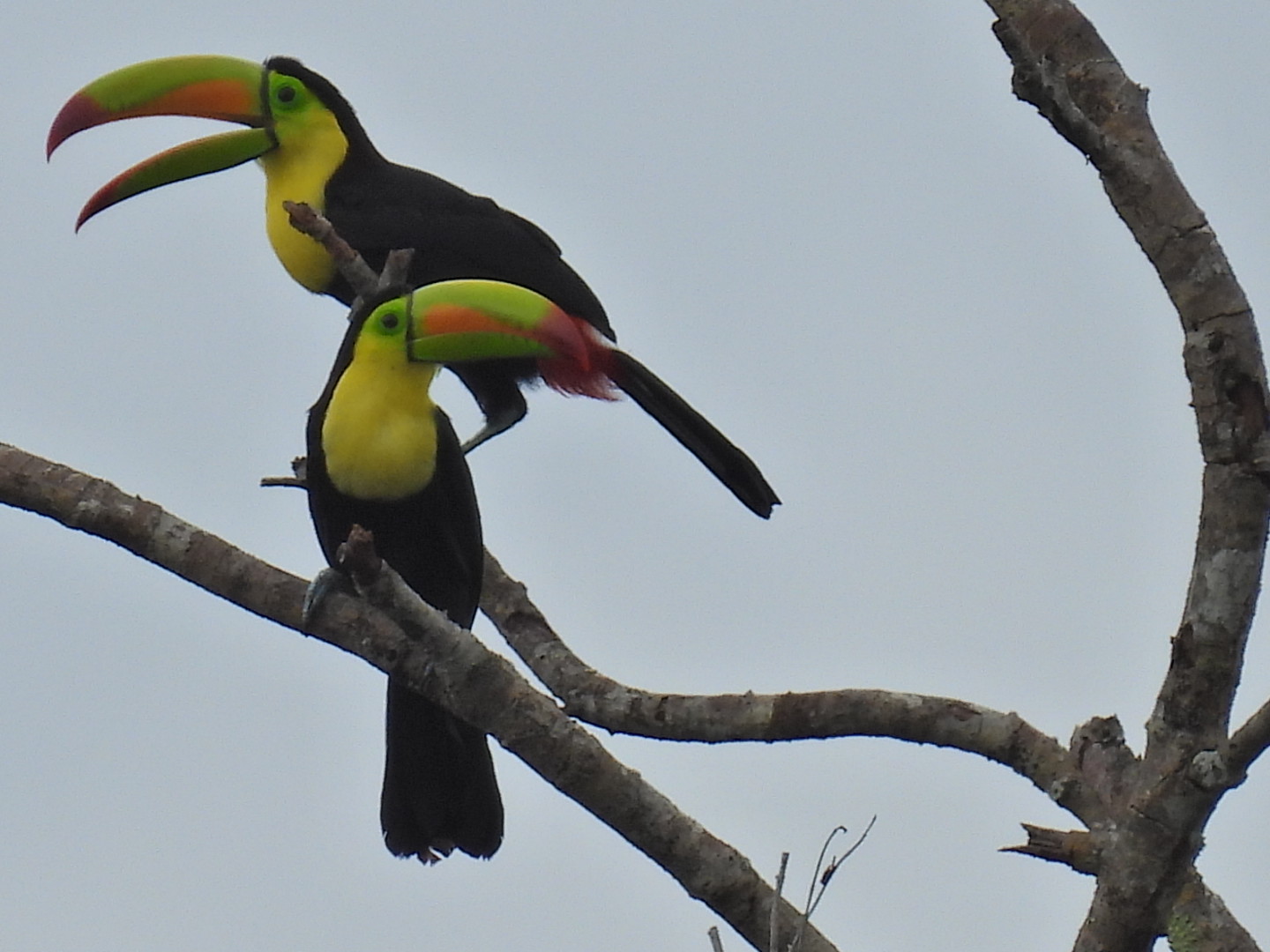

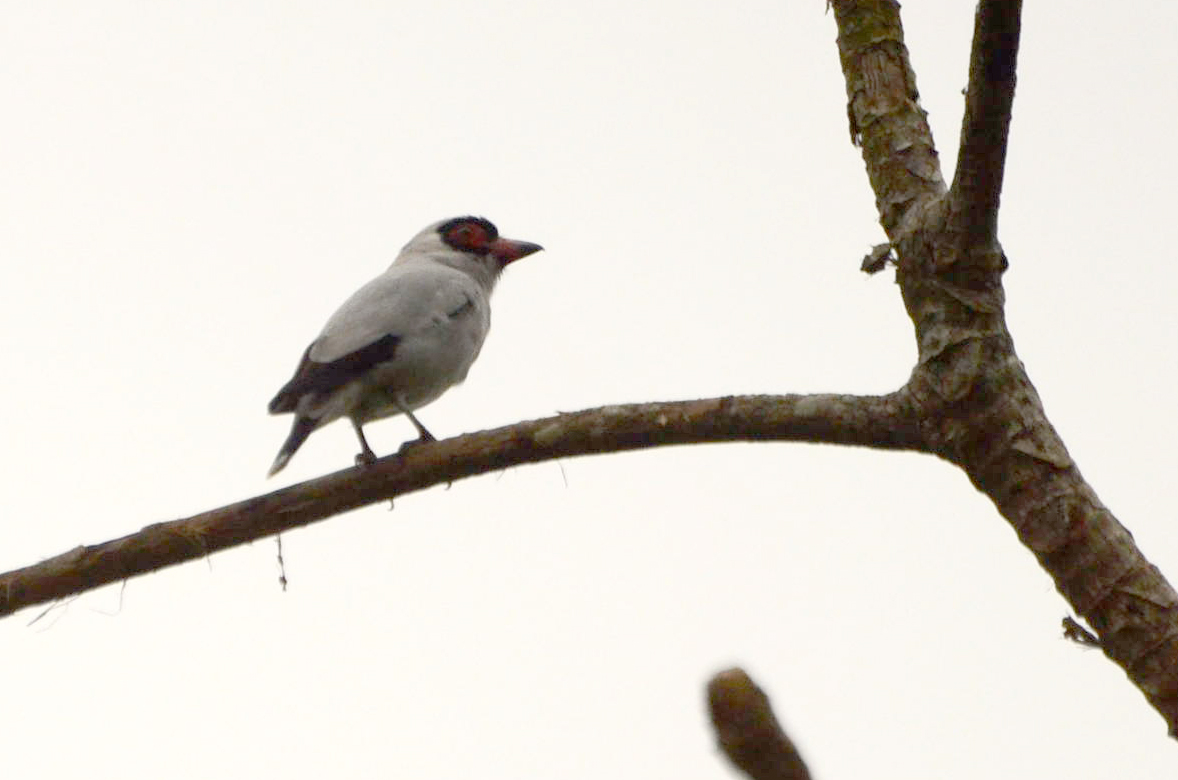
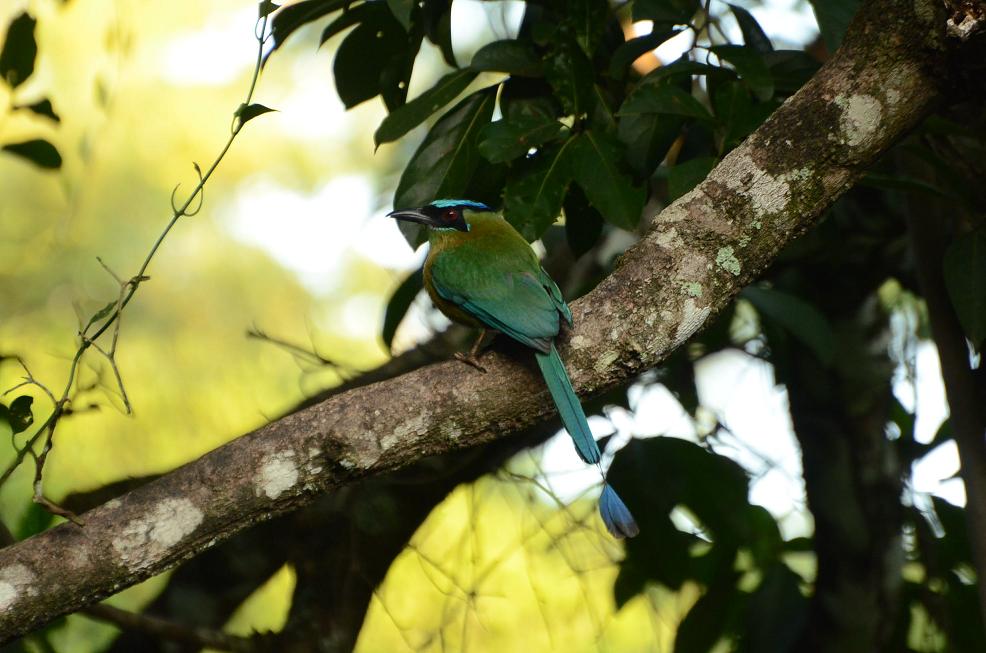
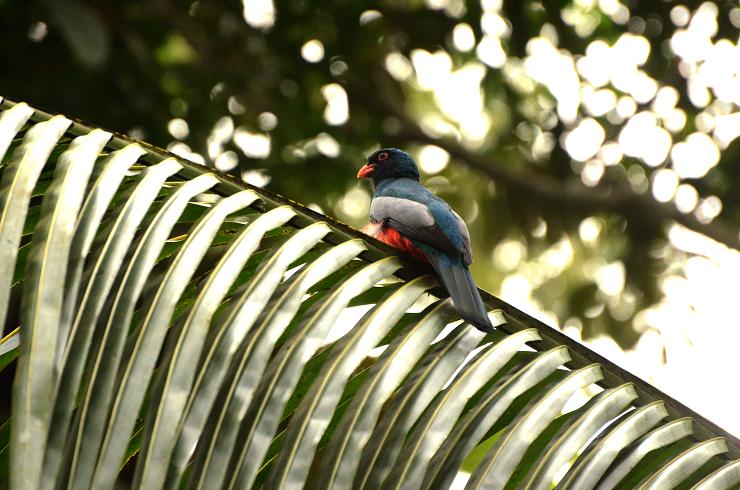
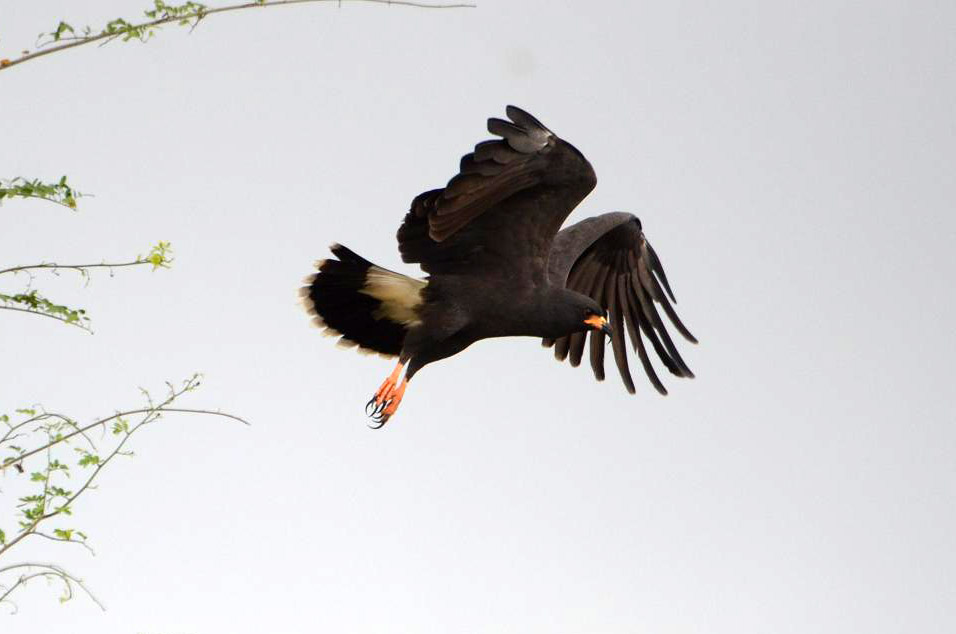
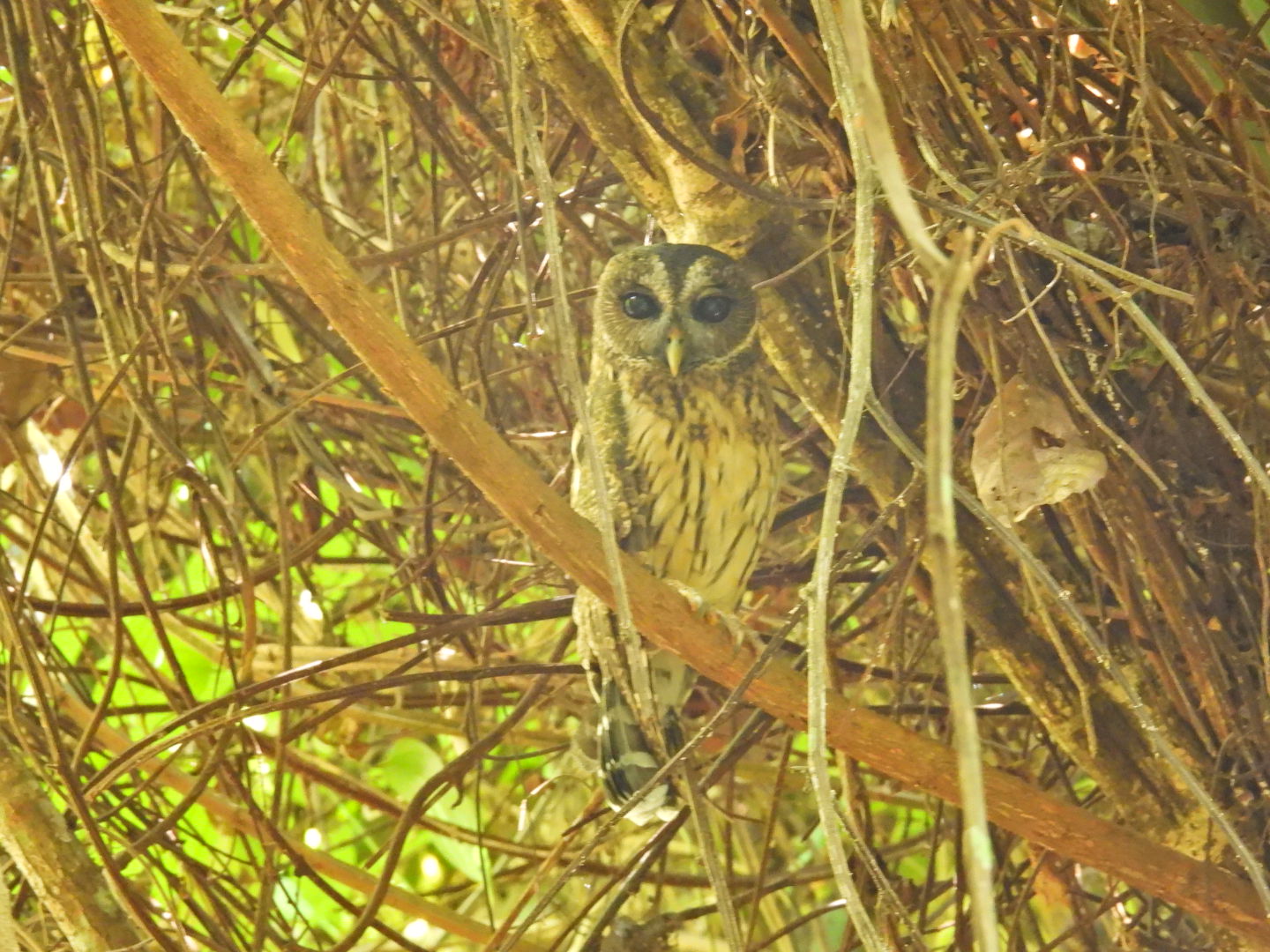
Most photographs above and below are from the last trip.
Dates:
March 5-14, 2022 – 10 days
Trip II - March 19-28, 2022 – 10 days
Cost: $3350 per person (twin sharing)
Single supplement: $700.
Deposit: A $750 deposit is required to confirm your spot.
Given the Covid pandemic – All deposits and payments are unconditionally refundable till 60 days prior to departure date.
FAQ for this trip
Belize, formerly British Honduras, has long enjoyed a reputation for unsurpassed natural beauty, with 570 bird species documented in a country that is the only English-speaking country in Central America. Two-thirds of Belize is covered in tropical forest, half of which is old growth primary forest, and home to howler monkeys, tapirs, anteaters, and the occasional lurking jaguar. An increasing number of birders are discovering the natural riches of Belize.
Minimum Group Size – 4. Maximum – 8.
Included: All lodging, all meals, tips for meals only, group airport transfers, all park fees, river cruises, ground travel within Belize
Exclusions – International flights, beverages, laundry, tips for guides travel insurance, and items of a personal nature.
Mowgli Expeditions has been taking people to unique locations, with a focus on birding and wildlife experience. Guiding will be provided by local birding guides. Sachin Aggarwal, founder of Mowgli Expeditions, a naturalist and Austin resident who has organized several wildlife and birding trips will escort the trip.
Covid Vaccinations Required
To confirm your spot, please contact Mowgli Expeditions Email : sachin (@/at) mowgliexpeditions.com or call 210-951-0101
Itinerary summary:
Day 1: Belize arrival
Day 2: Crooked Tree Sanctuary
Day 3: Lamanai
Day 4: Lamanai
Day 5: Macal River near San Ignacio
Day 6: Macal River near San Ignacio
Day 7: Macal River/Pine Ridge
Day 8: Stann Creek
Day 9: Stann Creek
Day 10: Departure
Expedition itinerary:
Day 1 – Arrive in Belize City.
Upon arrival in Belize City we shall be picked up from the airport and transferred to our hotel for an overnight stay. We shall spend the evening having dinner overlooking the Caribbean Sea. We shall get to relax, rejuvenate and look forward to our adventure. Overnight Stay: Historic Fort George Hotel. Meals D
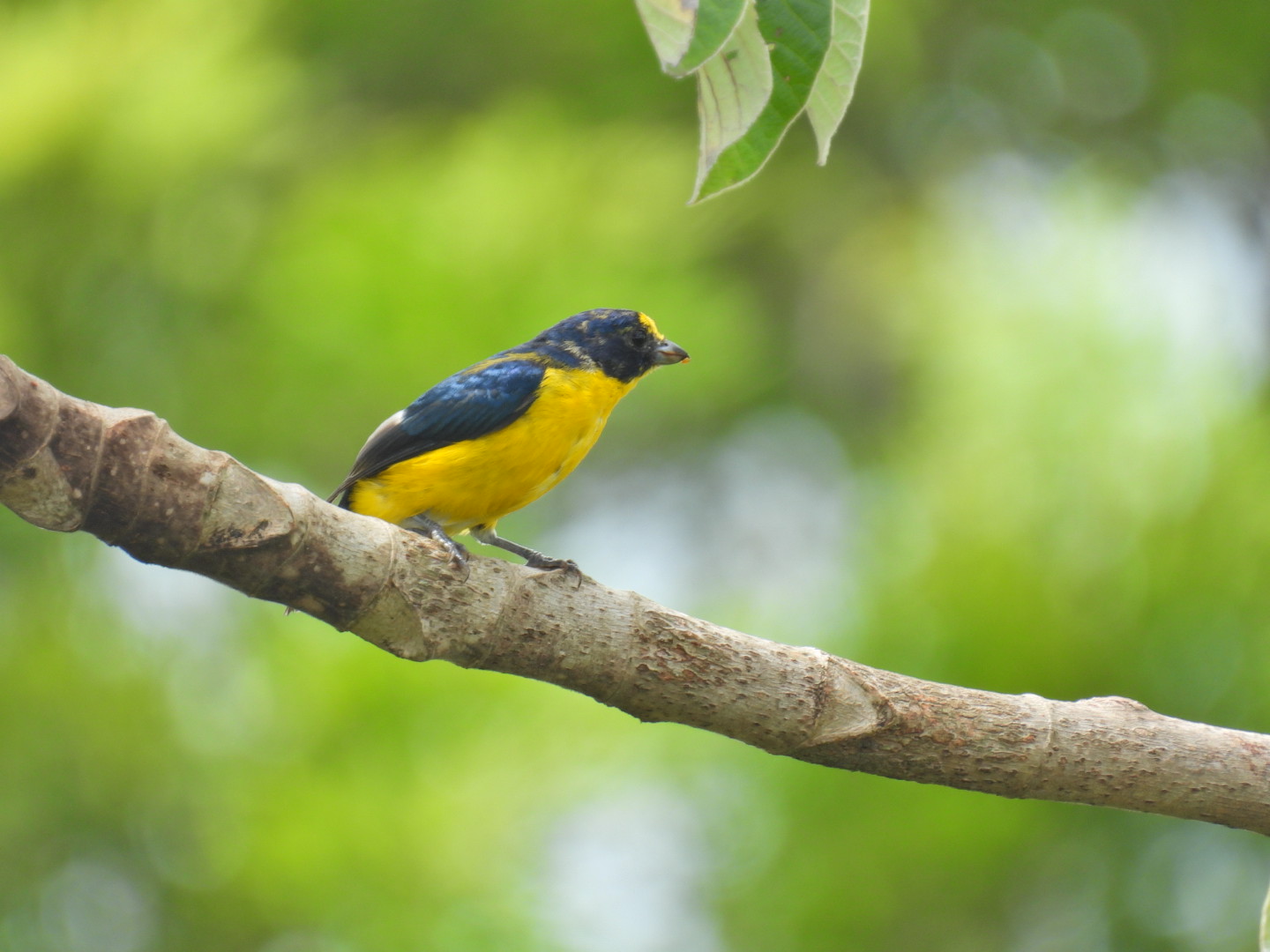
Day 2 - Crooked Tree Sanctuary
Crooked tree sanctuary is recognized as a wetland of International Importance, especially for waterfowl habitat. This is a great place to bird from a boat. The Snail kites at the lagoon are wonderful to watch. They feed on Apple snails whose large sun-bleached shells litter the banks. The Snail kites are year residents at this sanctuary and great see them in action.

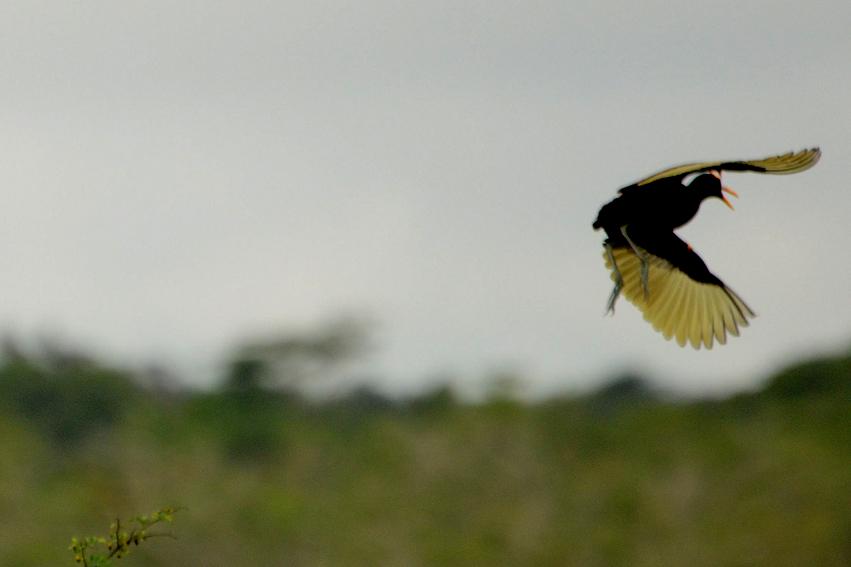
Other birds to look for are the Green kingfisher, Northern Jacana, Muscovy ducks and the Black-bellied whistling ducks that nest in the trees around the lagoons. Along the rivers banks we are sure to find turtles and iguanas.
Meals B, L, D
Day 3,4 – Lamanai
After some morning birding and breakfast, we shall head to Lamanai post. Lamanai (Mayan for “submerged crocodile”), is located at the edge of another huge lagoon and has Mayan ruins, a rainforest, and open water habitats, all within walking distance. We shall relax at the lodge in the evening of arrival.

Next morning after a real early (or packed) breakfast, we shall head out to the forest surrounding the ruins. Besides toucans, we shall look out for Black catbird, Rose-throated tanager and the Yucatan yay. We shall also explore the open savanna habitat looking out for the Yucatan woodpecker and Yellow-lored parrot.
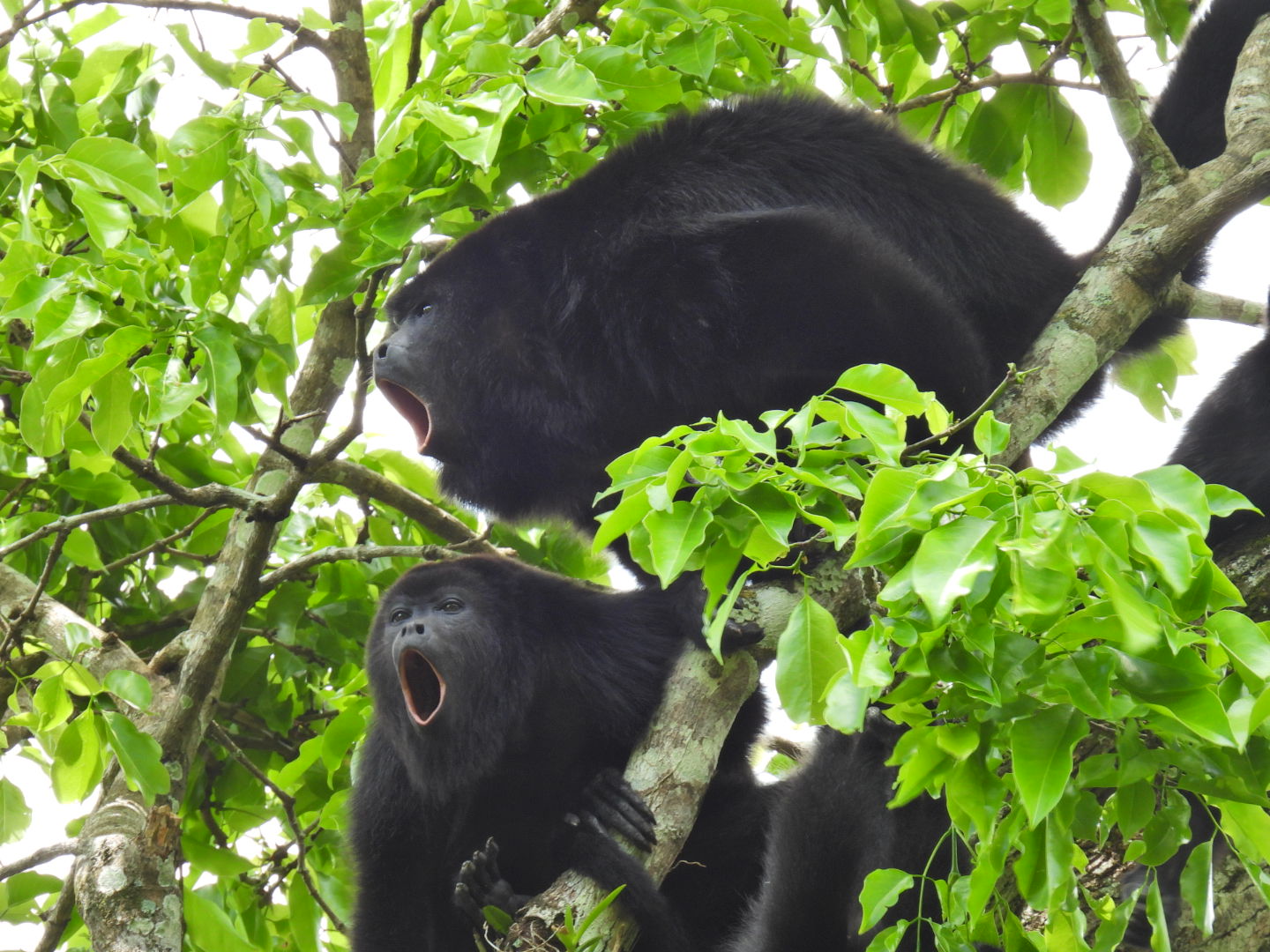
The surrounding forests are also a great place to see spider monkeys as well as howler monkeys that keep everyone awake at night with their resounding howls. It's quite an experience.
After a few hours of birding, we shall visit the Temple of the Jaguar and the High Temple, two of about 700 Mayan structures at Lamanai that were hidden under a blanket of earth and vegetation until their excavation began in 1974. These ruins date back to more than two thousand years and Lamanai continued to be occupied up to the 17th century AD.
We shall then return to the lodge for lunch and get some rest in the afternoon. In the evening, we shall set out on a canoe excursion offering relaxing and intimate wildlife views. We may get to see the endangered Morelet's Crocodile, several iguanas, the basilisk lizards, several species of kingfishers, Boat-billed Heron and the Gray-necked Wood-Rail.
Meals B, L, D
Day 5,6,7 – Macal River Area
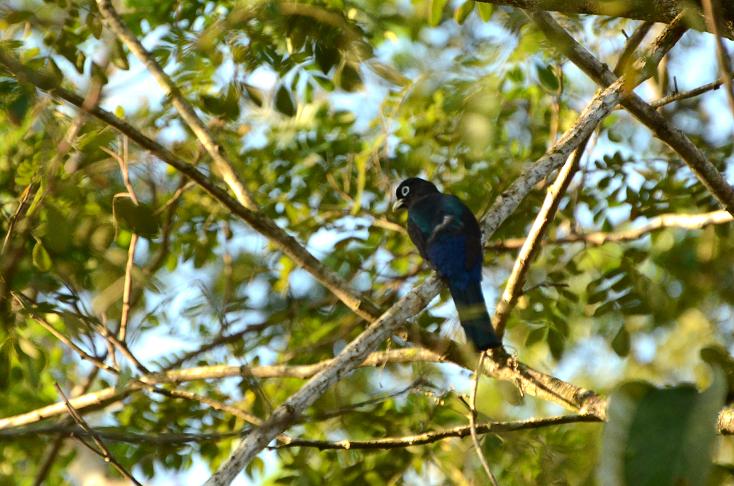
After breakfast, we shall head towards San Ignacio area to a lodge that is located next to the beautiful Macal river. This area in the western part of Belize is one of the best places to bird in Belize.
After some rest in the afternoon, we shall do some birding at the area surrounding the lodge premises. We shall look for Emerald toucanet, Collared aracari, Lessons motmot, Lineated woodpecker . Many of these birds are often found on the grounds and amidst the trees at the lodge.

Next day we shall go for an early morning birding walk and among other bird species look for two species of the manakins found here - White-collared manakin and the Red-capped manakin. The red-capped manakin is a special bird with an amazing mating dance.
After breakfast, we shall embark on a birding excursion canoeing down the Macal river. The silent , calm trip down the Macal river surrounded by lush habitat is quite magical. We have very high chances of finding the Amazon kingfisher , two other species of kingfishers, and many cormorants and herons.
In the evening we shall head to another birding area close by looking for two different species of trogans - the Gartered trogon and the Black-headed trogon.
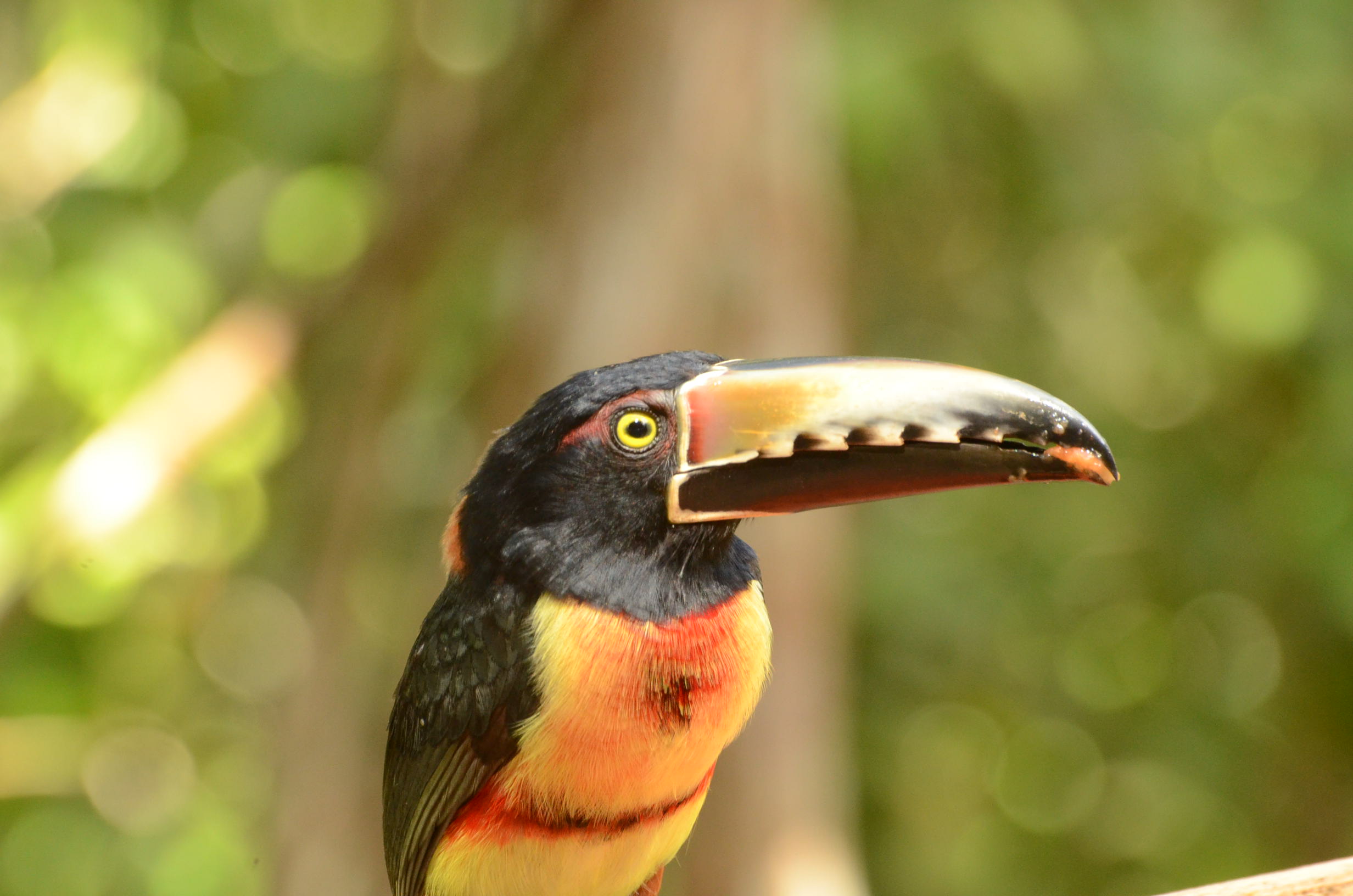
On the third day in this area, we shall head to an amazing destination which is further down south and home to some rare birds as well as the gateway to Carocal Ruins and the Scarlet Macaw Conservation area where the last few hundred remaining macaws of Belize nest.
After lunch we shall visit the Thousand foot falls. It's Central America’s highest waterfall. We shall look for the Black-and-white hawk eagle and the Orange-breasted falcon, a species that has very few pairs left in this area.
In the Pine Ridge area we shall also look for the Stygian owl (one of the rarest owls in Belize).
In the late afternoon, on the road back to the lodge, we shall do more birding and make a few stops looking out for Green jay, Yellow-faced grassquit, the Rufous-capped warbler, Acorn woodpecker, Yellow-tailed oriole and the Black-headed Siskin
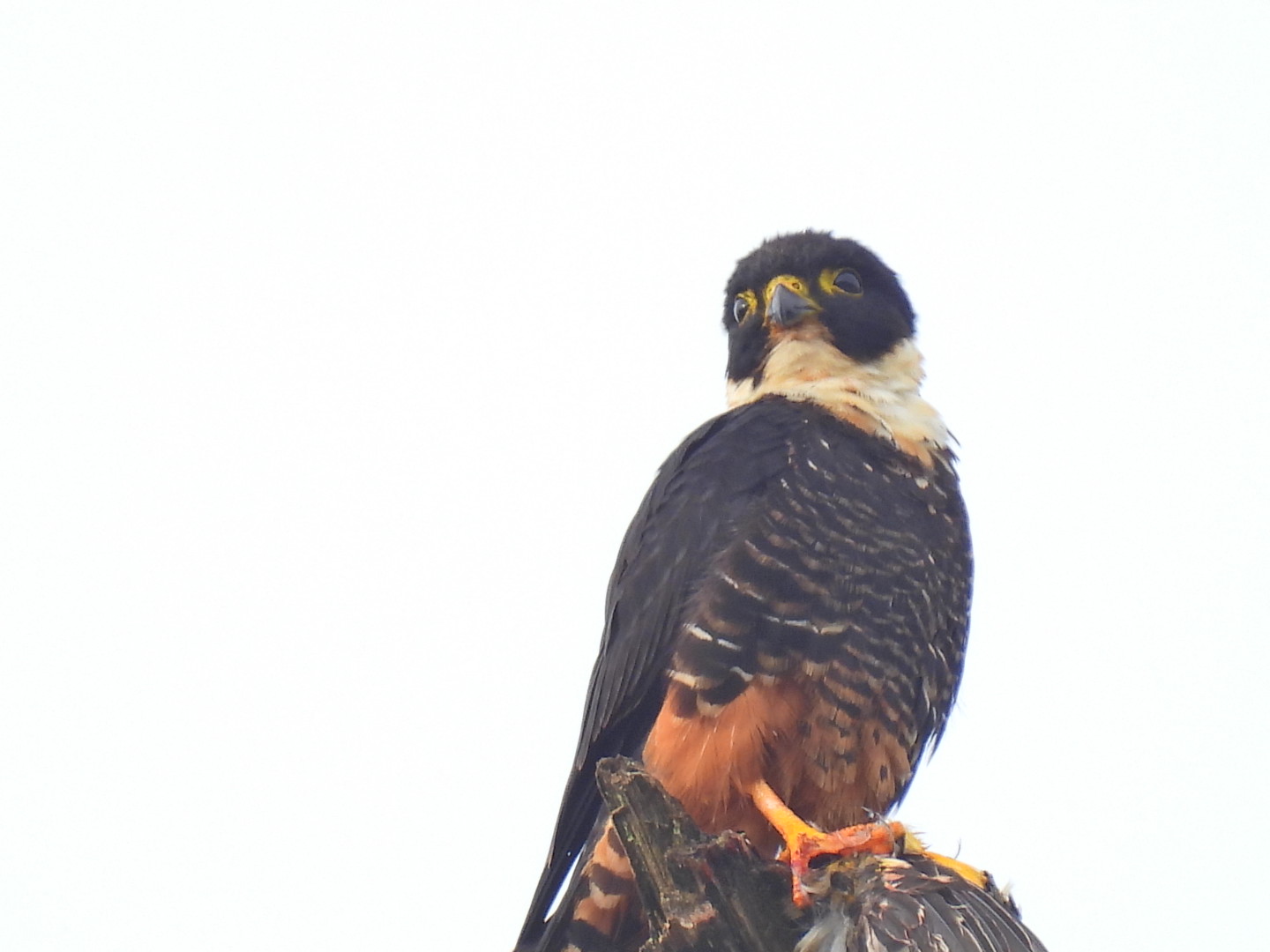
Day 8,9 - Stann Creek
The area around the lodge is just wonderful for birding and so in the morning we shall go birding again in the area and hope to find several more species of birds.

After breakfast we shall depart the lodge and head towards Stann Creek District.
On the way we shall stop at a spot next to Caves Branch and Sibun River where the open grounds surrounded by lush rainforest make for a great birding spot.
We shall have lunch here and spend time doing some relaxed birding before continuing to our destination in Stann Creek district, where we shall stay at a really nice lodge next to a beautiful beach.
Next day, we shall visit Red Bank Village. If you have a passion for bird conservation, a visit to the Scarlet Macaw preserve at Red Bank Village is a must. Located in the Stann Creek District, Red Bank is one of the largest gatherings of scarlet macaws in Central America. The gorgeous Scarlet Macaws visit every day in February and March to feed on the polewood trees and wild annatto whose seeds surrounded by orange-red pulp provide color to the birds’ magnificent tail feathers.
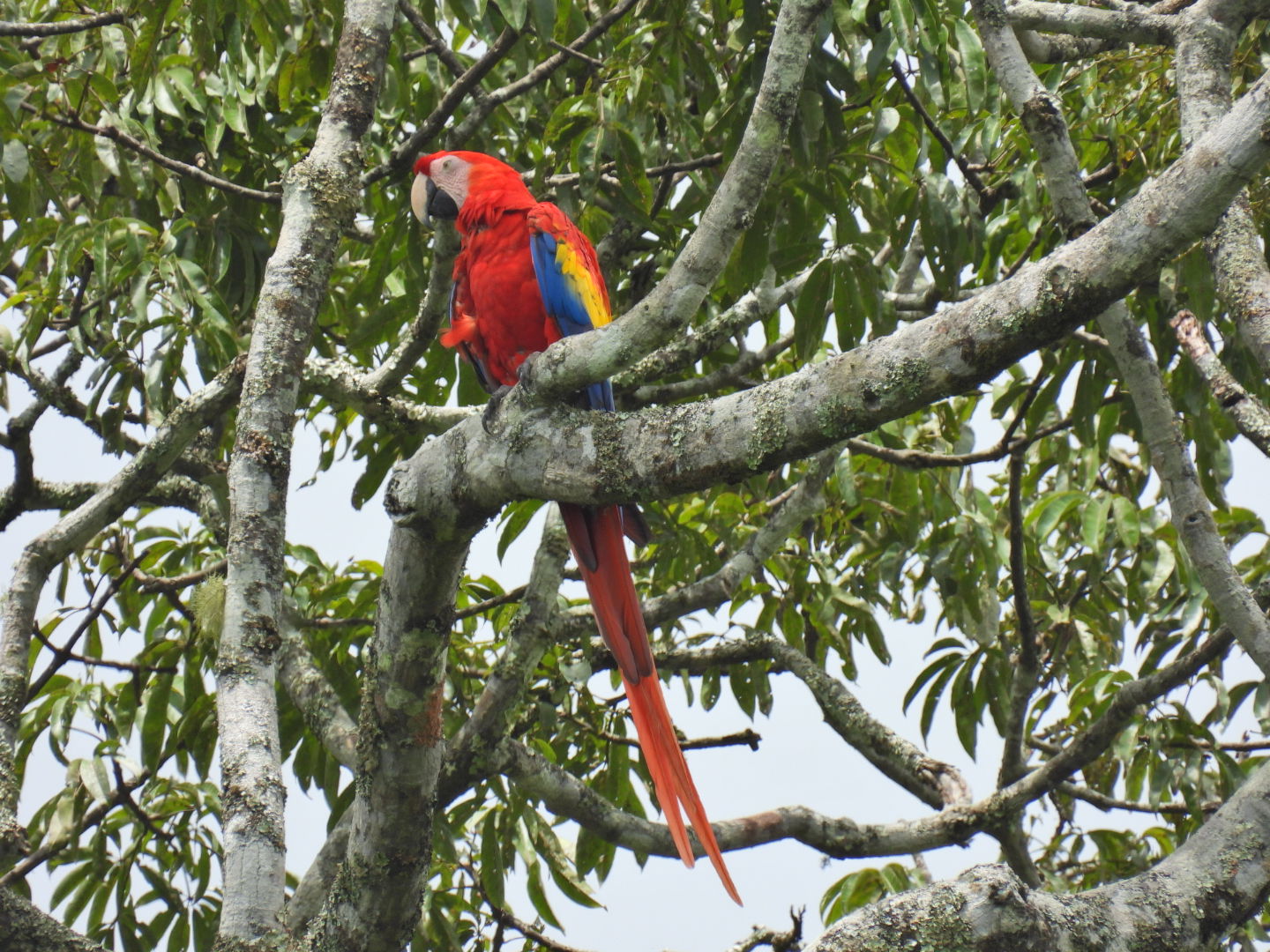
Every morning during the early spring, the birds fly across the mountains from the Macal River in the Chiquibul National Park in the west, which we would have visited a few days earlier, to Red Bank Village in the east and then they fly back after several hours of feeding.
The story of the scarlet macaws is an amazing example of community conservation efforts at Red Bank where the macaws were poached till a few decades ago. With the help of the Belize Audubon Society, the village residents got into protecting and monitoring these endangered birds. In return, birding tours bring money to the village thus benefitting both the local villagers and the macaws.
This afternoon and evening, being our last night in Belize, we shall relax at the lodge’s private beach on the Caribbean sea.











Most photographs above and below are from the last trip.
Dates:
March 5-14, 2022 – 10 days
Trip II - March 19-28, 2022 – 10 days
Cost: $3350 per person (twin sharing)
Single supplement: $700.
Deposit: A $750 deposit is required to confirm your spot.
Given the Covid pandemic – All deposits and payments are unconditionally refundable till 60 days prior to departure date.
FAQ for this trip
Belize, formerly British Honduras, has long enjoyed a reputation for unsurpassed natural beauty, with 570 bird species documented in a country that is the only English-speaking country in Central America. Two-thirds of Belize is covered in tropical forest, half of which is old growth primary forest, and home to howler monkeys, tapirs, anteaters, and the occasional lurking jaguar. An increasing number of birders are discovering the natural riches of Belize.
Minimum Group Size – 4. Maximum – 8.
Included: All lodging, all meals, tips for meals only, group airport transfers, all park fees, river cruises, ground travel within Belize
Exclusions – International flights, beverages, laundry, tips for guides travel insurance, and items of a personal nature.
Mowgli Expeditions has been taking people to unique locations, with a focus on birding and wildlife experience. Guiding will be provided by local birding guides. Sachin Aggarwal, founder of Mowgli Expeditions, a naturalist and Austin resident who has organized several wildlife and birding trips will escort the trip.
Covid Vaccinations Required
To confirm your spot, please contact Mowgli Expeditions Email : sachin (@/at) mowgliexpeditions.com or call 210-951-0101
Itinerary summary:
Day 1: Belize arrival
Day 2: Crooked Tree Sanctuary
Day 3: Lamanai
Day 4: Lamanai
Day 5: Macal River near San Ignacio
Day 6: Macal River near San Ignacio
Day 7: Macal River/Pine Ridge
Day 8: Stann Creek
Day 9: Stann Creek
Day 10: Departure
Expedition itinerary:
Day 1 – Arrive in Belize City.
Upon arrival in Belize City we shall be picked up from the airport and transferred to our hotel for an overnight stay. We shall spend the evening having dinner overlooking the Caribbean Sea. We shall get to relax, rejuvenate and look forward to our adventure. Overnight Stay: Historic Fort George Hotel. Meals D

Day 2 - Crooked Tree Sanctuary
Crooked tree sanctuary is recognized as a wetland of International Importance, especially for waterfowl habitat. This is a great place to bird from a boat. The Snail kites at the lagoon are wonderful to watch. They feed on Apple snails whose large sun-bleached shells litter the banks. The Snail kites are year residents at this sanctuary and great see them in action.


Other birds to look for are the Green kingfisher, Northern Jacana, Muscovy ducks and the Black-bellied whistling ducks that nest in the trees around the lagoons. Along the rivers banks we are sure to find turtles and iguanas.
Meals B, L, D
Day 3,4 – Lamanai
After some morning birding and breakfast, we shall head to Lamanai post. Lamanai (Mayan for “submerged crocodile”), is located at the edge of another huge lagoon and has Mayan ruins, a rainforest, and open water habitats, all within walking distance. We shall relax at the lodge in the evening of arrival.

Next morning after a real early (or packed) breakfast, we shall head out to the forest surrounding the ruins. Besides toucans, we shall look out for Black catbird, Rose-throated tanager and the Yucatan yay. We shall also explore the open savanna habitat looking out for the Yucatan woodpecker and Yellow-lored parrot.

The surrounding forests are also a great place to see spider monkeys as well as howler monkeys that keep everyone awake at night with their resounding howls. It's quite an experience.
After a few hours of birding, we shall visit the Temple of the Jaguar and the High Temple, two of about 700 Mayan structures at Lamanai that were hidden under a blanket of earth and vegetation until their excavation began in 1974. These ruins date back to more than two thousand years and Lamanai continued to be occupied up to the 17th century AD.
We shall then return to the lodge for lunch and get some rest in the afternoon. In the evening, we shall set out on a canoe excursion offering relaxing and intimate wildlife views. We may get to see the endangered Morelet's Crocodile, several iguanas, the basilisk lizards, several species of kingfishers, Boat-billed Heron and the Gray-necked Wood-Rail.
Meals B, L, D
Day 5,6,7 – Macal River Area

After breakfast, we shall head towards San Ignacio area to a lodge that is located next to the beautiful Macal river. This area in the western part of Belize is one of the best places to bird in Belize.
After some rest in the afternoon, we shall do some birding at the area surrounding the lodge premises. We shall look for Emerald toucanet, Collared aracari, Lessons motmot, Lineated woodpecker . Many of these birds are often found on the grounds and amidst the trees at the lodge.

Next day we shall go for an early morning birding walk and among other bird species look for two species of the manakins found here - White-collared manakin and the Red-capped manakin. The red-capped manakin is a special bird with an amazing mating dance.
After breakfast, we shall embark on a birding excursion canoeing down the Macal river. The silent , calm trip down the Macal river surrounded by lush habitat is quite magical. We have very high chances of finding the Amazon kingfisher , two other species of kingfishers, and many cormorants and herons.
In the evening we shall head to another birding area close by looking for two different species of trogans - the Gartered trogon and the Black-headed trogon.

On the third day in this area, we shall head to an amazing destination which is further down south and home to some rare birds as well as the gateway to Carocal Ruins and the Scarlet Macaw Conservation area where the last few hundred remaining macaws of Belize nest.
After lunch we shall visit the Thousand foot falls. It's Central America’s highest waterfall. We shall look for the Black-and-white hawk eagle and the Orange-breasted falcon, a species that has very few pairs left in this area.
In the Pine Ridge area we shall also look for the Stygian owl (one of the rarest owls in Belize).
In the late afternoon, on the road back to the lodge, we shall do more birding and make a few stops looking out for Green jay, Yellow-faced grassquit, the Rufous-capped warbler, Acorn woodpecker, Yellow-tailed oriole and the Black-headed Siskin

Day 8,9 - Stann Creek
The area around the lodge is just wonderful for birding and so in the morning we shall go birding again in the area and hope to find several more species of birds.

After breakfast we shall depart the lodge and head towards Stann Creek District.
On the way we shall stop at a spot next to Caves Branch and Sibun River where the open grounds surrounded by lush rainforest make for a great birding spot.
We shall have lunch here and spend time doing some relaxed birding before continuing to our destination in Stann Creek district, where we shall stay at a really nice lodge next to a beautiful beach.
Next day, we shall visit Red Bank Village. If you have a passion for bird conservation, a visit to the Scarlet Macaw preserve at Red Bank Village is a must. Located in the Stann Creek District, Red Bank is one of the largest gatherings of scarlet macaws in Central America. The gorgeous Scarlet Macaws visit every day in February and March to feed on the polewood trees and wild annatto whose seeds surrounded by orange-red pulp provide color to the birds’ magnificent tail feathers.

Every morning during the early spring, the birds fly across the mountains from the Macal River in the Chiquibul National Park in the west, which we would have visited a few days earlier, to Red Bank Village in the east and then they fly back after several hours of feeding.
The story of the scarlet macaws is an amazing example of community conservation efforts at Red Bank where the macaws were poached till a few decades ago. With the help of the Belize Audubon Society, the village residents got into protecting and monitoring these endangered birds. In return, birding tours bring money to the village thus benefitting both the local villagers and the macaws.
This afternoon and evening, being our last night in Belize, we shall relax at the lodge’s private beach on the Caribbean sea.





